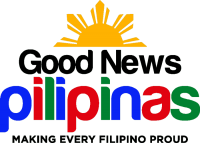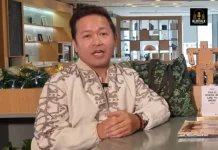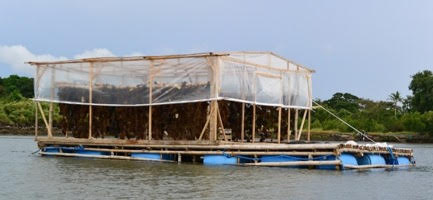
Seaweed farmers are getting a boost from a new seaweed drying technology developed by the University of the Philippines Los Baños (UPLB) – BIOMECH and funded by the Department of Science and Technology (DOST). The new seaweed drying system is capable of drying newly harvested stocks at a faster rate while protecting the seaweeds from unpredictable weather.
Southern Philippines, being a major producer of processed carrageenan in the world, has seen the growth of the seaweed industry as a reliable source of income for seaweed farmers.
Traditional seaweed farmers would collect and dry their seaweeds then sell it for processing. The farmer’s income or the price of their goods are actually dependent on the quality of the dried seaweeds.
The traditional practice is just basically sun-drying in an open area for several days, subjecting the seaweeds to the elements like moisture at night, sand and dirt, and left at the mercy of erratic weather. The farmer’s efforts and attempts to cover the seaweeds during downpours and sudden burst of rain remain futile and resulting to poorer seaweed quality which in turn reduces the
farmer’s earnings.
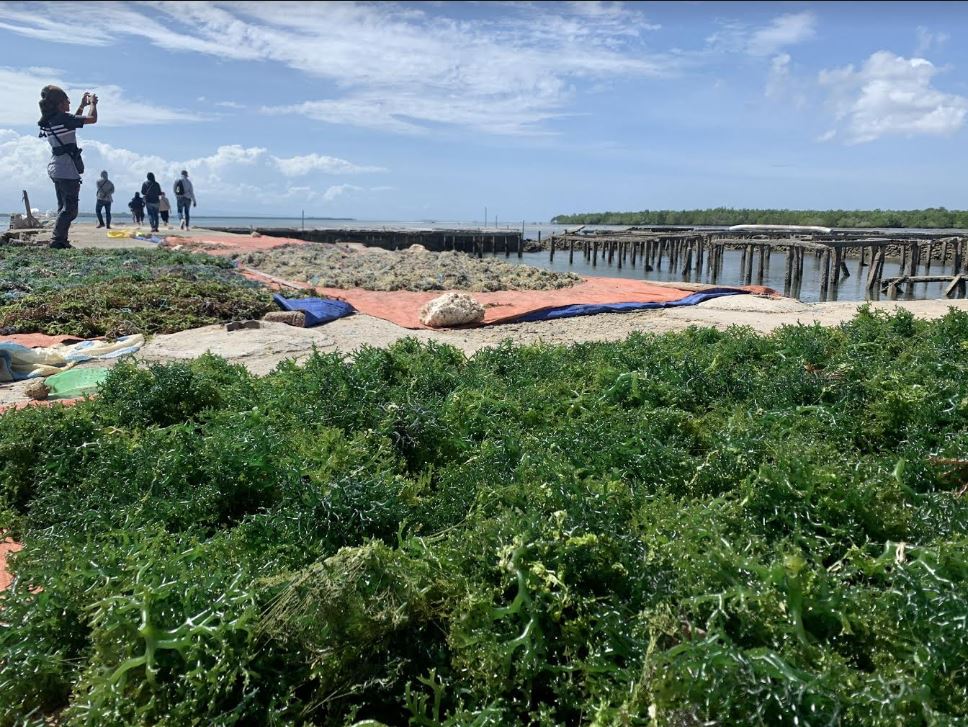
This is where the new technology comes in, as it aims to improve the quality of the dried seaweed using an efficient drying process.
The seaweed drying system developed by the University of the Philippines Los Baños (UPLB) – Center of Agri-Fisheries and Biosystems Mechanization (BIOMECH) under the leadership of Dr. Ronel S. Pangan is based on inputs gathered from surveys conducted in the different seaweed growing areas of the country.
The UPLB scientists developed a “greenhouse” drying system using Ultra-Violet (UV) treated sheets designed for air drying and can likewise be fitted with built-in solar-powered exhaust fans for faster and uniform drying of stocks.
2 TYPES OF SEAWEED DRYING TECH
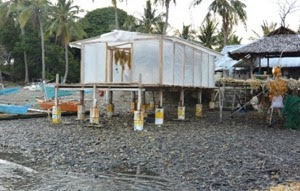
There are 2 types of the solar seaweed drying tech design available: the floating-type, which stays on the water surface, allowing farmers to tow the structure close to their production area for faster harvesting, and the permanent-type, which doubles as a storehouse, sturdy enough to withstand harsh weather conditions, and provide easy, all-around access for farmers.
The structures are also designed to reduce direct exposure to sand, dirt, and other contaminants usually contaminated during the harvesting and hauling of fresh seaweeds to the drying area.
At present, the team’s studies have shown the structures to be capable of drying two (2) tons of high-quality fresh seaweeds in a matter of three (3) days, without any inconsistency in the production.
Results of the field testing showed that this drying system was capable of drying newly harvested seaweeds at a much faster rate compared to the existing drying practices of the farmers and that the technology can be used even in the absence of solar heat and can continually dry even during rainy or cloudy days by using air-drying technique.
The DOST report sent to Good News Pilipinas indicates that seaweed farmers in Zamboanga City from four communities, namely barangays of Sta. Catalina, Mampang, Arena Blanco, and Tigtabon, have moved to adopt the technologies that target seaweed efficient drying process and quality dried seaweed.
Through the DOST Region IX, the above-mentioned communities can expect the technologies to be on their shores as early as the second quarter of 2020.
Another research in seaweed in the Philippines, by a UST science research team and also funded by the DOST, has found the Ilocos Region’s pukpuklo to have anti-cancer benefits.
Ilocos Red tomato farmers have also received help from UPLB and DOST-PCAARRD while another team developed the insect-resistant Biotech Talong (Bt Talong). The UPLB campus has modeled “Foodscaping” edible landscapes.
SEND CHEERS to the UPLB-DOST science team and the seaweed farming community for this new technology for the production of dried seaweed!
Want to know how to be a Proud Pinoy? Like, Follow, Subscribe to GoodNewsPilipinas.com and our socials Facebook, Twitter, Instagram, Good News Pilipinas! TV on YouTube, for new story notifications and e-mail newsletters for updates on more Filipino Pride stories.

